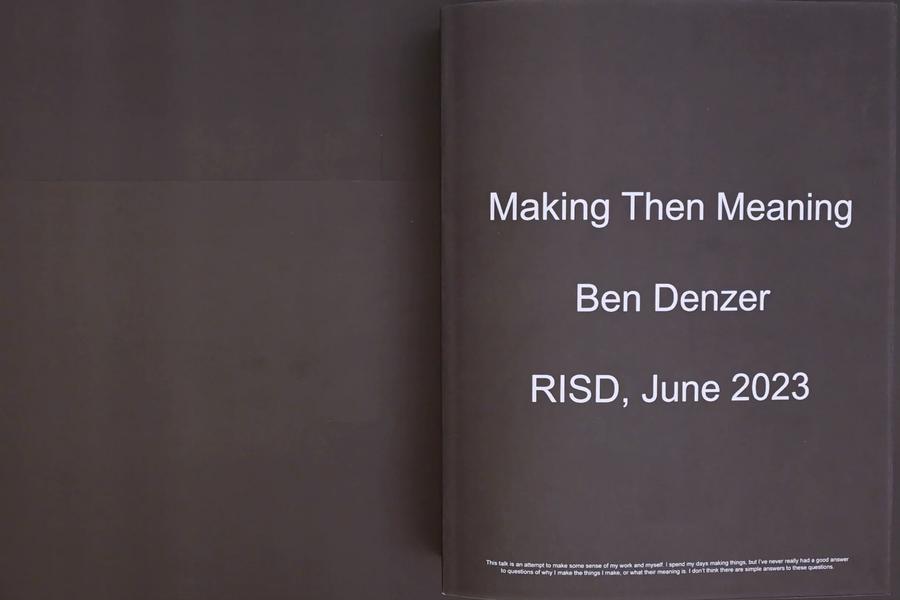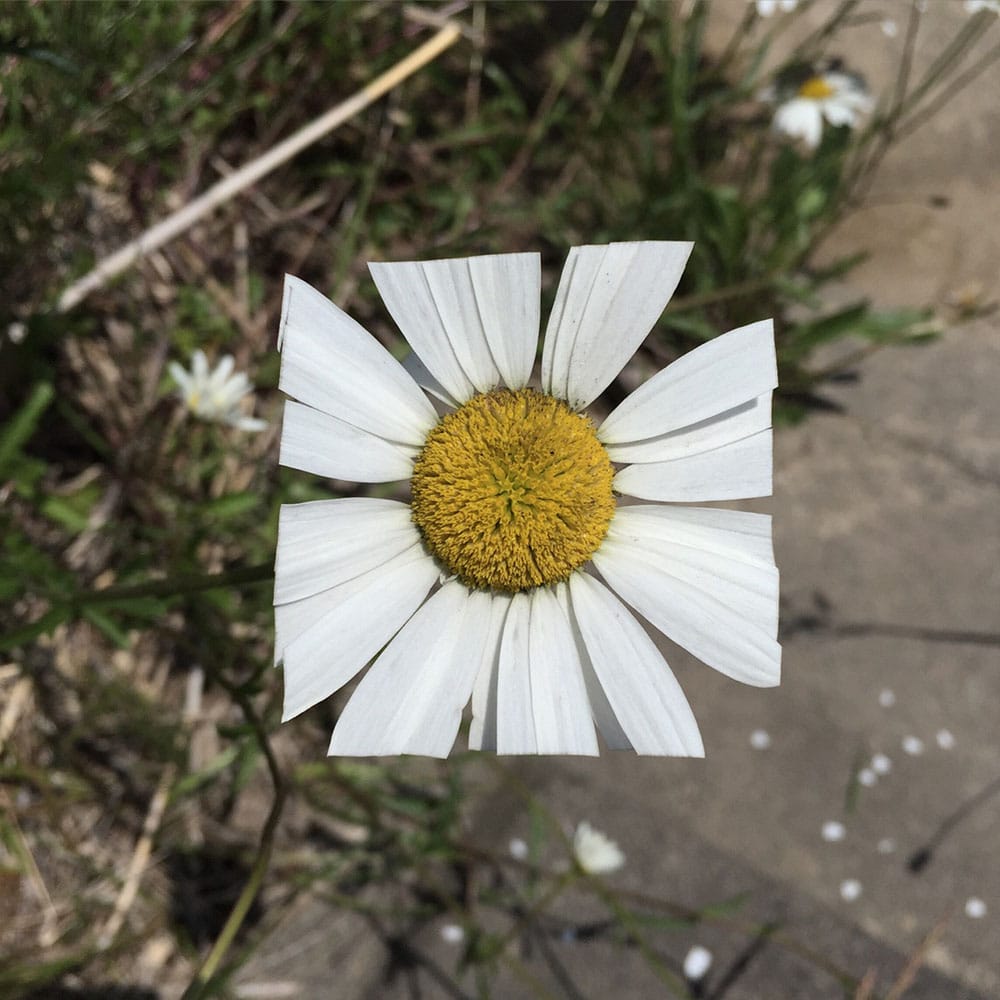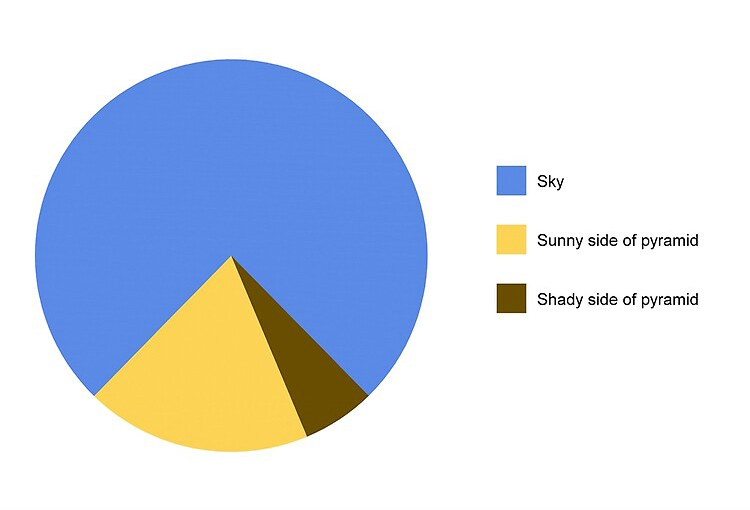Workflow
Last week, inspired by the phrase “color is the language of the laser cutter” in Moodle, I created a font named Talk to a Laser Cutter, which can be directly recognized by the laser cutter, offering two styles: Cutting and Engraving.
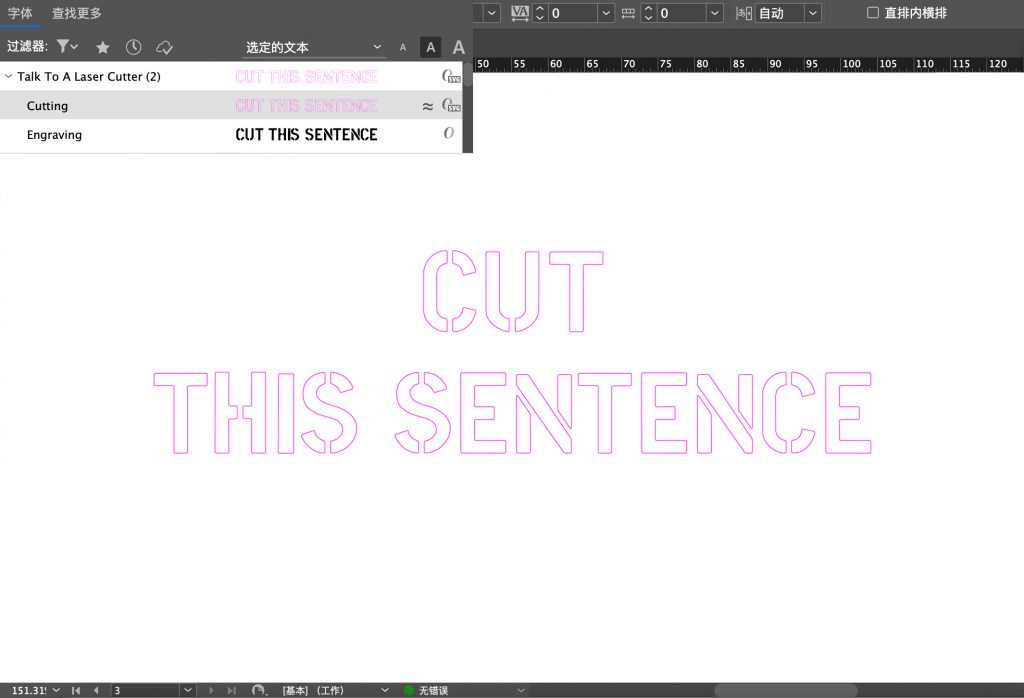
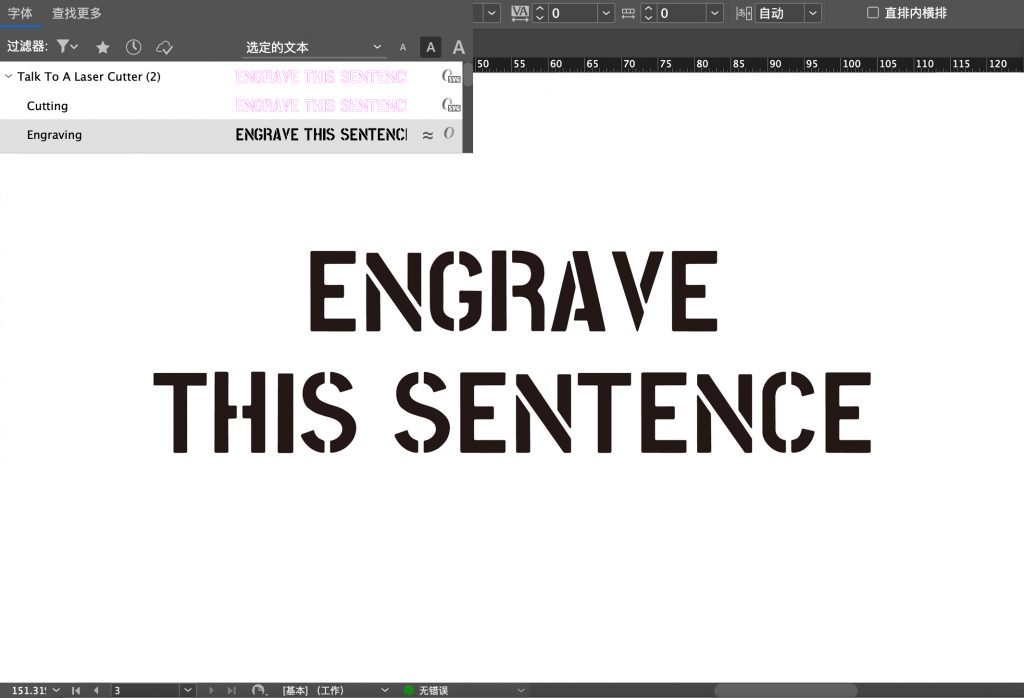
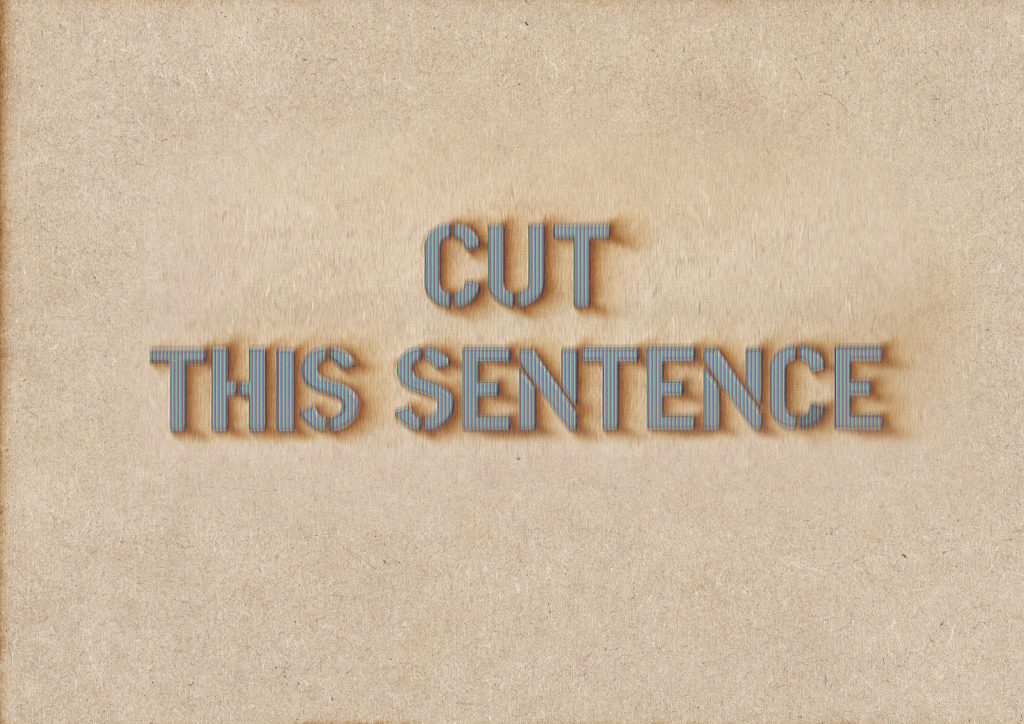

I try to summarize last week’s practice and pose an inquiry:
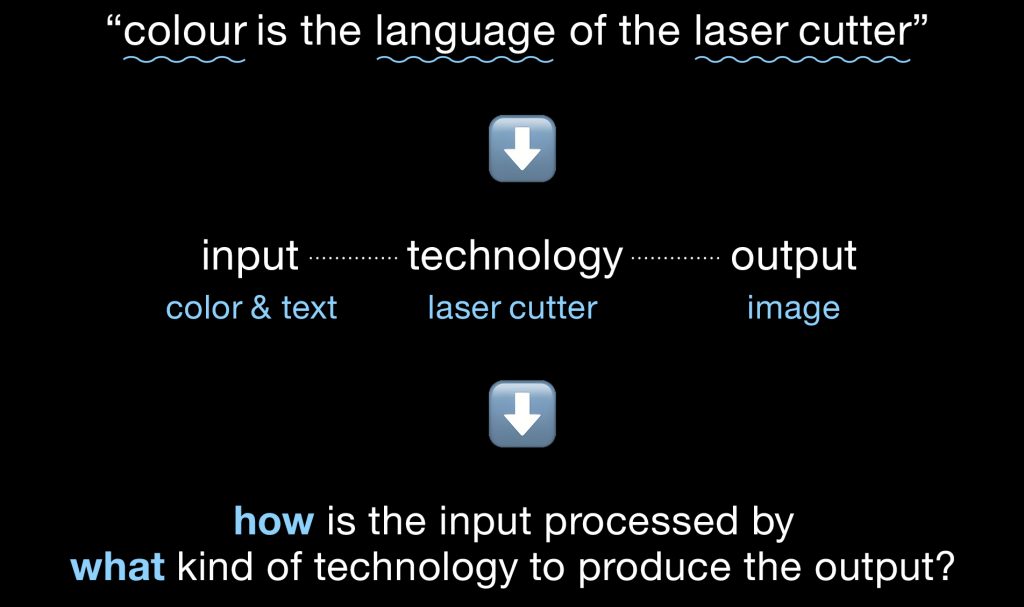
Based on the framework, Input – Technology – Output, I dissected the two basic elements, text and color, from Week 1’s experiment, and planned to experiment separately in the second and third weeks with:
- W2: Input: Text – Technology – Output: Text
- W3: Input: Color – Technology – Output: Color
Week 2’s Work
Every time I open the Glyphs workspace, the 26 letters are neatly arranged. Such an order implies a subtle question: Why does the letter A have to stay at the position of A? In this interface, technology gives me the right to disrupt this order.
Based on cryptography, I attempted to manipulate language through technology. Using Trajan as the model, I created the font, Caesar Cipher. This historically famous cipher is encrypted by shifting each letter of the alphabet by a fixed number. Now, A becomes D, B becomes E. So easily, technology shifts the language.
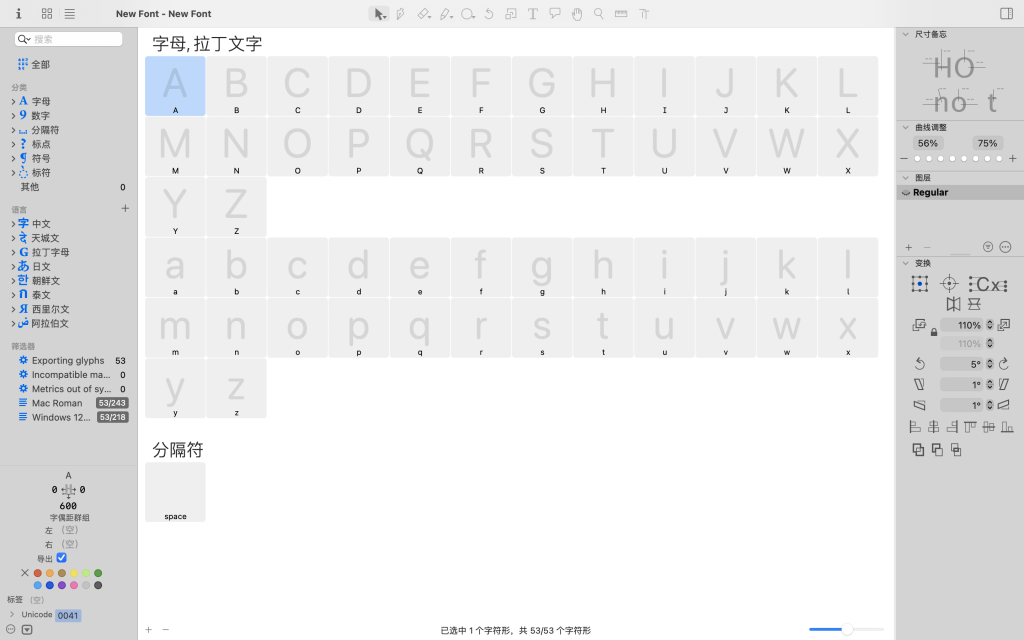
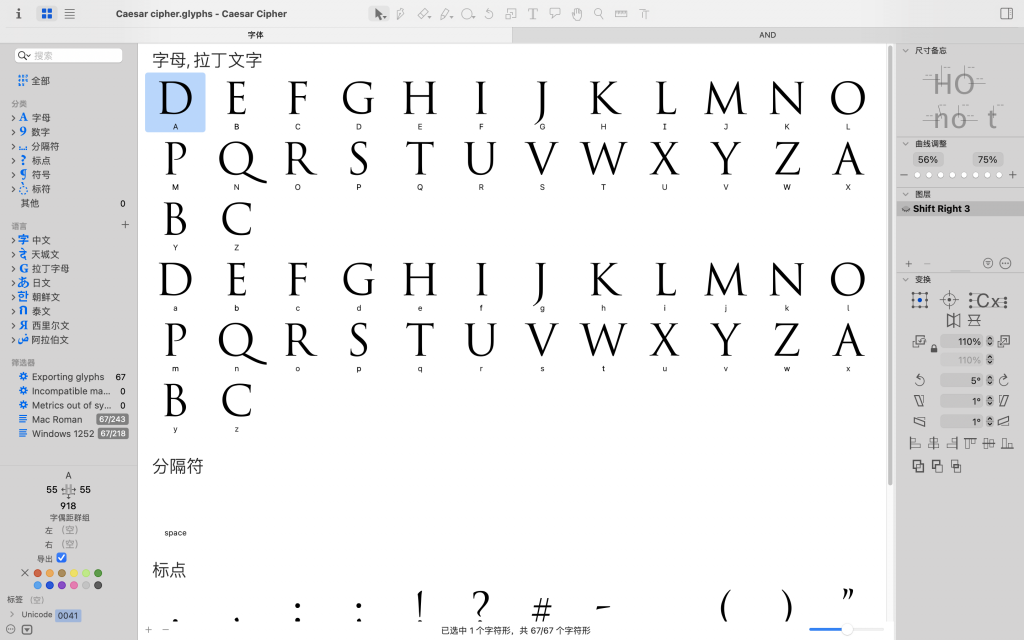

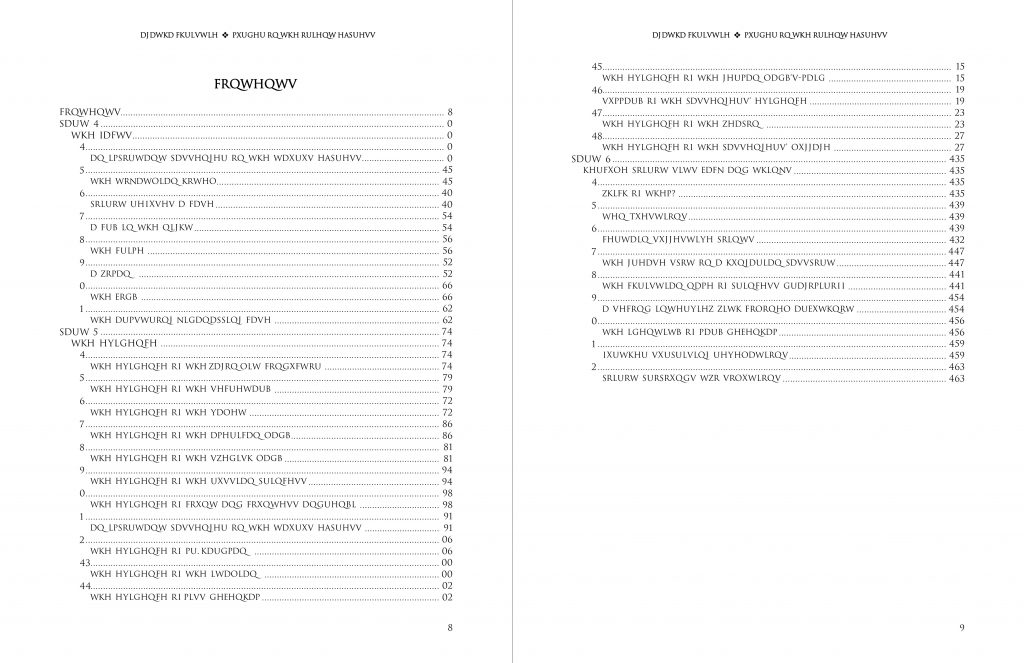
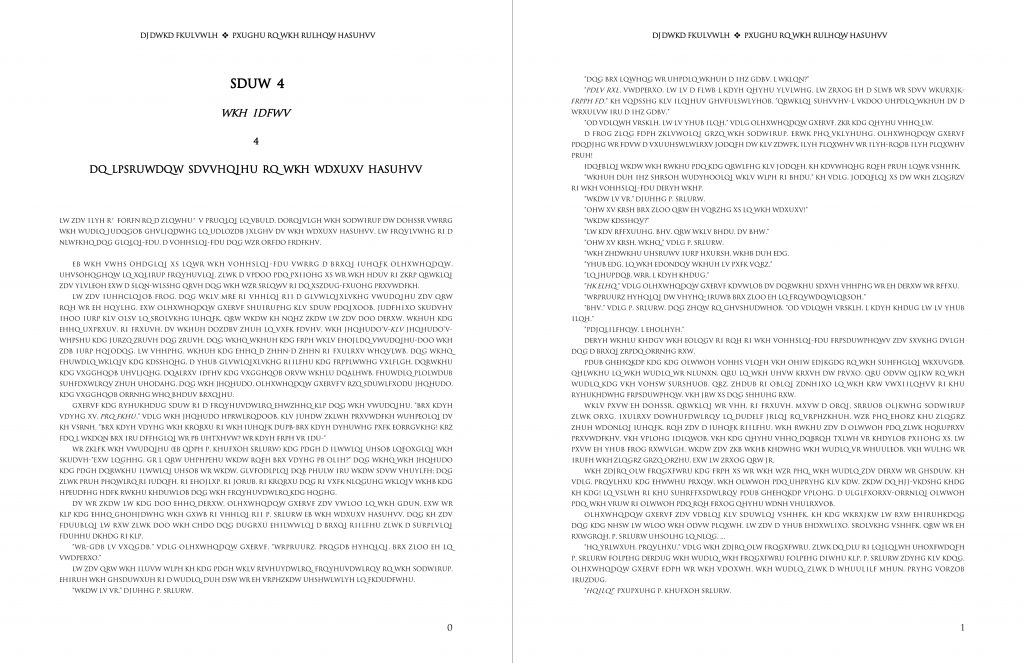
Reference Updates
4 practices or projects:
- Pairs, Helmut Smits
- Making Then Meaning, Ben Denzer
- Bit Flower, Baku Maeda
- Pie Chart Pyramid, Anonymous

